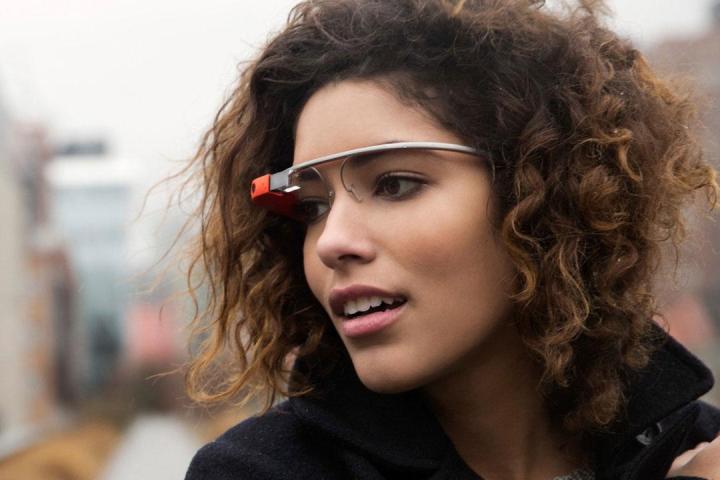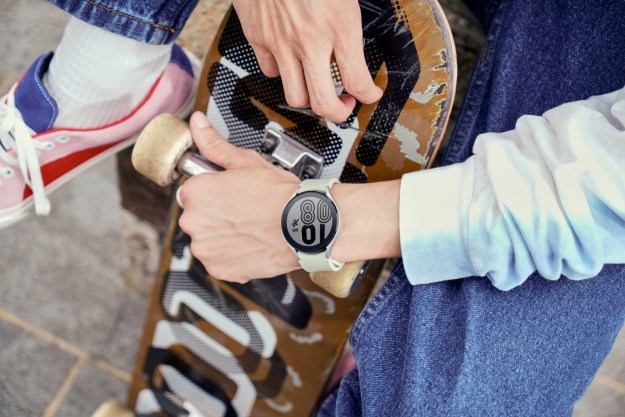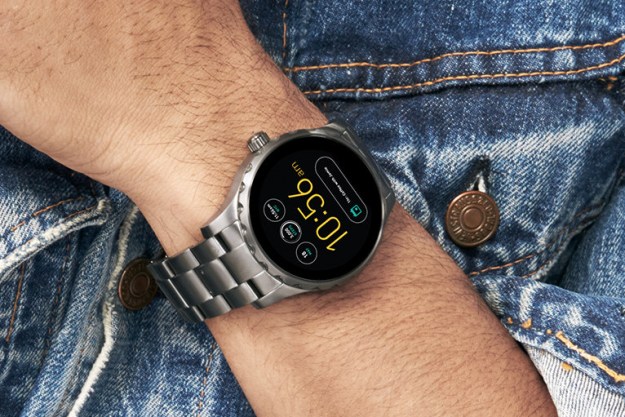
- When it was being built inside the Google X labs, engineers’ opinions were split on how Glass would be used. One side though it would be a fashion device, worn throughout the day, while the other side saw it as a utility, worn only for specific tasks.
- Google co-founder Sergey Brin, who was aware of the difference in opinion, came up with the idea of releasing Glass to consumers, then using their experiences to improve the design, and finalize its functions. The engineering team argued Glass was still a prototype, but Brin and the Google marketing team pushed for what would become the Explorer program.
- The article links an affair between Sergey Brin and Glass marketing manager, Amanda Rosenberg, with the project’s slowdown. After the affair became public, the Google X labs team began to separate, and Brin seemed to lose interest in the project. This was shortly before the Explorer program was closed down.
- The Glass project has now been put in the hands of Ivy Ross, who is in charge of Google’s smart-eyewear division and a former jewelry designer, and Tony Fadell. Fadell created the Nest smart thermostat, and worked for Apple as a product executive.
- Quoting anonymous sources, Fadell intends to start afresh with Glass, and will redesign it from the ground up. At this time, he doesn’t have any intention of restarting the Explorer program, and won’t release Glass 2 until it’s complete, says the report. One advisor told the publication, “Tony’s a product guy and he’s not going to release something until it’s perfect.”
Despite this, rumors of its return have started to spread, with patents showing a possible design, and news Intel may produce the chip which will provide the power. However, during a recent earnings call, a Google executive also dropped hints that it may be a while before Glass does hit the streets again. Combined with talk of a complete redesign, that suggests we’ve got quite a wait before it’s ready to adorn any geeky faces again.




